Have you ever wondered what the differences are between ceramic and steel knives, and which type would be best for your kitchen? In this blog post, we will delve into the topic of "ceramic knives vs steel" to help you make an informed decision.
The world of kitchen knives is vast, and selecting the perfect knife for your needs can be a daunting task. We will explore the characteristics, advantages, and disadvantages of ceramic and steel knives, as well as how to choose the right knife for your specific needs. Get ready to slice and dice your way to a better understanding of these two popular types of kitchen knives!
Short Summary
- Ceramic knives offer superior sharpness and edge retention, but require specialized care. Steel knives provide greater durability and versatility, although they need regular maintenance to prevent rusting.
- Factors such as use, blade quality, handle material should be considered when selecting a ceramic or steel knife for optimal performance.
- Combining the two types of knives in your kitchen can help optimize their performance while balancing maintenance with longevity.
Understanding Ceramic Knives
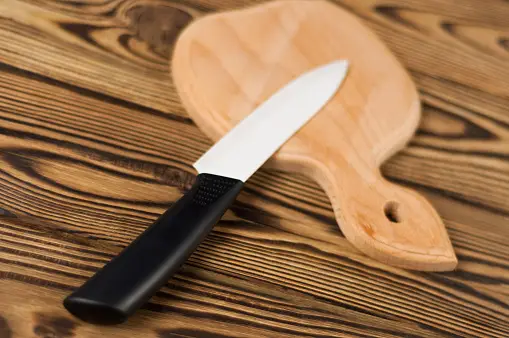
Ceramic knives have gained popularity in recent years due to their exceptional sharpness and edge retention. Made from zirconium dioxide powder, these knives boast high hardness and a lightweight design, making them a favorite among home cooks and professional chefs alike.
However, ceramic knives also have some drawbacks, such as their fragility and limitations in cutting tasks. Let's dive deeper into the world of ceramic knives to better understand their benefits and drawbacks.
Material and Manufacturing Process
Ceramic knives are made from zirconium dioxide powder, which is pressed into a mold under high temperature and pressure, and then polished with diamond to create a finished product.
The manufacturing process results in a material that is among the most rigid and hardest available for knives, registering 8.5 on the Mohs scale of hardness, compared to 4.5 for regular steel and 7.5 for hardened steel. The result is a blade that is sharper and maintains its edge longer than its steel counterparts.
However, this extra hardness comes with a trade-off: ceramic blades are more brittle than steel blades. This means that while ceramic knives excel at precision cutting tasks, they are more prone to chipping and breaking if used improperly or dropped. Their brittleness makes them unsuitable for heavy chopping tasks or cutting through bones and frozen foods.
Benefits of Ceramic Knives
One of the most significant advantages of ceramic knives is their sharpness. Their edge is typically 10 times sharper than a standard steel knife, allowing for precise cuts and fine slices.
This sharpness makes ceramic knives ideal for tasks such as finely slicing boneless meats, fish, fruits, and vegetables, or even crafting delicate slivers of seafood for sushi or other decorative dishes. Additionally, ceramic knives are lightweight and easy to handle, making them suitable for a variety of users, even those with less experience.
Another benefit of ceramic knives is their resistance to oxidation and rust. The chemicals in ceramic knives do not transfer ions from the surface like metals do, which prevents the oxidation of certain foods and makes cleaning more straightforward. This hygienic property, combined with their sharpness and lightweight design, has made ceramic knives a popular choice for many home cooks and professional chefs.
Drawbacks of Ceramic Knives
Despite their many benefits, ceramic knives do have some drawbacks. The most significant disadvantage is their fragility. Due to their low toughness, ceramic knives are highly susceptible to chipping and breaking if used improperly or dropped. This fragility makes them unsuitable for cutting hard ingredients, such as thick fish bones and frozen meat.
Sharpening ceramic knives can also be challenging. While steel knives can be sharpened using a whetstone or other traditional methods, ceramic knives require a diamond sharpener, which can be more expensive and require more skill to use accurately.
Despite these drawbacks, many users find that the advantages of ceramic knives outweigh their limitations, making them a valuable addition to a well-rounded kitchen.
Exploring Steel Knives
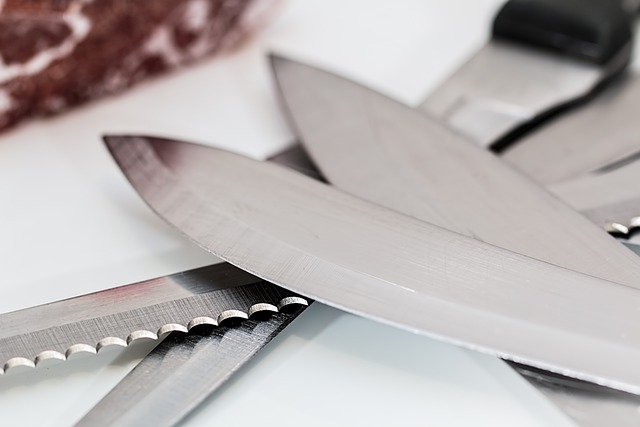
Steel knives have been the go-to choice for kitchen knives for decades, offering durability, versatility, and ease of maintenance. Made from various types of steel, such as stainless steel and high carbon steel, these knives are well-suited for a wide range of cutting tasks.
However, they do have some disadvantages, such as the need for regular sharpening and potential for rust and chipping. Let's explore the world of steel knives to better understand their benefits and drawbacks.
Types of Steel Used in Knives
There are several types of steel commonly used in the construction of knives, including carbon steel, stainless steel, and tool steel. Carbon steel is known for its strength and durability, while stainless steel is alloyed with chromium and other elements, making it more resistant to corrosion and oxidation.
Tool steel, on the other hand, is a type of steel that contains various elements, known for its hardness and commonly used in industrial knives. Each type of steel has its unique properties and benefits, making them suitable for different knives and cutting tasks.
Advantages of Steel Knives
One of the primary advantages of steel knives is their durability. Steel knives are more robust than their ceramic counterparts, allowing them to handle rigorous kitchen tasks without chipping or breaking. Their versatility allows steel knives to be used for a wide variety of cutting tasks, from heavy-duty chopping to delicate slicing.
Another advantage of steel knives is their ease of maintenance. While ceramic knives require special sharpeners and care, steel knives can be honed and sharpened using a wide range of sharpening tools, such as whetstones, manual sharpeners, and electric knife sharpeners. Additionally, steel knives are less susceptible to cracking or chipping than ceramic blades, even if they are subject to bending or twisting.
Disadvantages of Steel Knives
Despite their many benefits, steel knives do have some drawbacks. One of the most significant disadvantages is the need for regular sharpening. Over time, the edge of a steel knife will become dull, requiring the use of a honing rod or other sharpening tools to maintain its cutting performance. Neglecting to sharpen steel knives can lead to oxidation, rust, and chipping.
Another disadvantage of steel knives is their potential for rust and oxidation. While stainless steel is generally resistant to corrosion, steel knives with a chromium content of less than ten percent can still be susceptible to rust. Proper care and maintenance, such as drying the knife after each use, can help prevent rust and prolong the life of steel knives.
Comparing Ceramic and Steel Knives
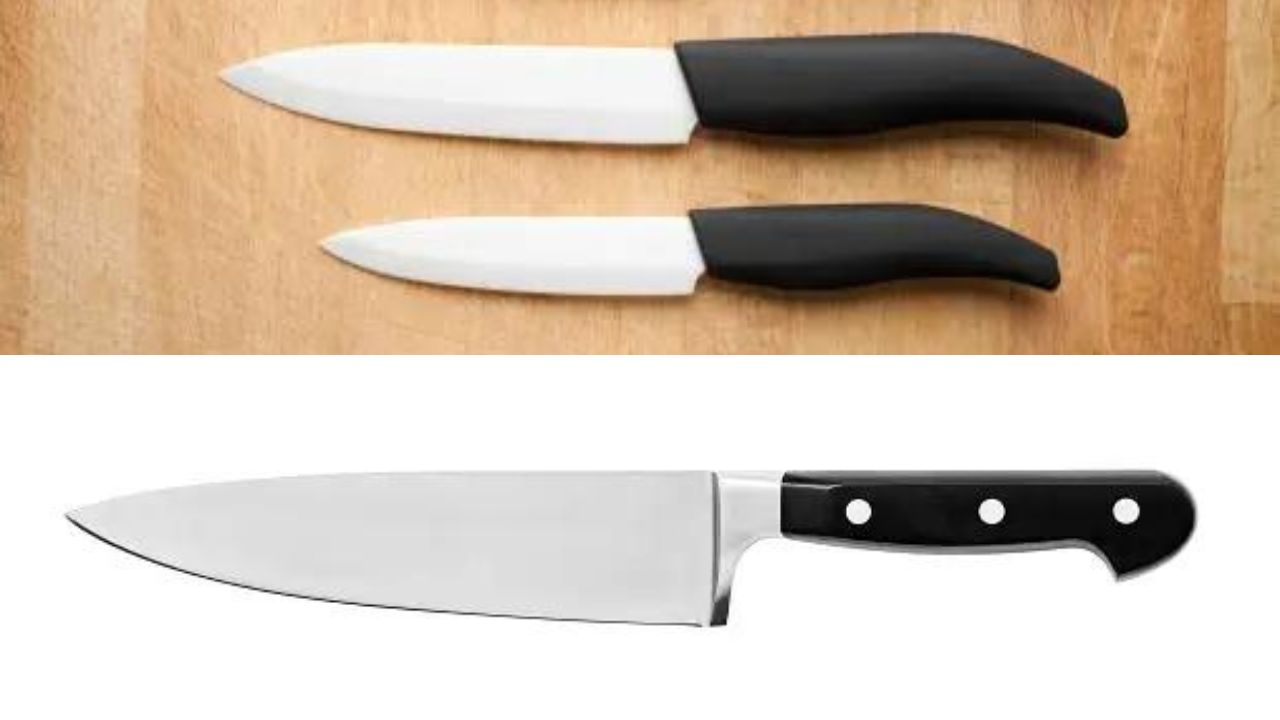
When comparing ceramic and steel knives, it's essential to consider factors such as sharpness, weight, flexibility, durability, versatility, and maintenance. Ceramic knives are harder and retain their edge longer than steel knives, but they are also more brittle and require diamond sharpeners for maintenance.
Steel knives, on the other hand, offer a range of sharpening options and are more robust, making them suitable for heavy-duty kitchen tasks. In the following sections, we will further compare ceramic and steel knives based on these factors.
Sharpness and Edge Retention
Ceramic knives are known for their exceptional sharpness and edge retention. They are typically 10 times sharper than a standard steel knife, allowing them to excel at precision cutting tasks. However, this extra hardness also makes the ceramic blades more brittle, making them more prone to chipping and breaking if used improperly or dropped.
Steel knives, on the other hand, are not as sharp as ceramic knives, but still provide adequate sharpness for most cutting tasks. They do not retain their edge as long as ceramic knives, requiring regular sharpening to maintain their cutting performance. However, steel knives offer a range of sharpening options, making it easier to maintain their sharpness over time.
Durability and Handling
One of the most significant differences between ceramic and steel knives is their durability. Ceramic knives are more fragile and prone to chipping because of their low toughness. This fragility makes them unsuitable for cutting hard ingredients, such as thick fish bones or frozen meat. However, ceramic knives are significantly lighter than steel knives, making them easier to handle for some users.
Steel knives, in contrast, offer greater durability and flexibility, making them suitable for a wide range of cutting tasks, including heavy-duty chopping. The flexibility of steel knives also makes tasks such as carving, prying, and parting hard food much easier than with ceramic knives, which lack resilience.
Maintenance and Care
When it comes to maintenance and care, ceramic and steel knives have different requirements. Ceramic knives are more fragile and require diamond sharpeners for maintenance. However, they do not rust or oxidize, making them easier to clean and care for compared to steel knives.
Steel knives, on the other hand, require regular honing, sharpening, and drying for proper maintenance. Failure to maintain steel knives can result in oxidation, rust, and chipping. Despite these maintenance requirements, steel knives offer a wide range of sharpening options, making it easier to keep them in good condition.
👉 Related Reads:
Choosing the Right Knife for Your Needs
Now that we've explored the differences between ceramic and steel knives, it's time to consider how to choose the right knife for your specific needs. Factors to consider when selecting a ceramic knife include blade length, design variety, and sharpening options, while those for steel knives include knife design and steel preference.
In the following sections, we will delve into these factors to help you make an informed decision about which type of knife is best for your kitchen.
Factors to Consider for Ceramic Knives
When choosing a ceramic knife, consider factors such as the intended use, blade quality, handle material, and reputation of the brand. Ceramic knives are more prone to chipping than steel knives, so it's essential to evaluate their suitability for specific cutting tasks before purchasing a full set.
Additionally, consider the range of designs available, as well as the availability of sharpening services, to ensure that you get the most out of your ceramic knife investment.
Factors to Consider for Steel Knives
When selecting a steel knife, consider factors such as the intended purpose, type of steel, blade shape, handle material, and price. Carbon stainless steel is an excellent choice for durability and edge retention, while the blade shape should suit the specific cutting task or provide all-round use.
It's recommended to test a single piece first to evaluate its suitability before purchasing a full set of steel knives.
Combining Ceramic and Steel Knives in Your Kitchen
By combining ceramic and steel knives in your kitchen, you can take advantage of the strengths of each type of knife and extend the life of your other knives. Ceramic knives are perfect for tasks such as cutting citrus fruits and other soft or wet foods, while steel knives are better suited for heavy-duty chopping tasks and cutting through bones and frozen foods.
In the following sections, we will discuss how to balance the use of ceramic and steel knives in your kitchen to maximize their performance and minimize maintenance.
Complementary Functions
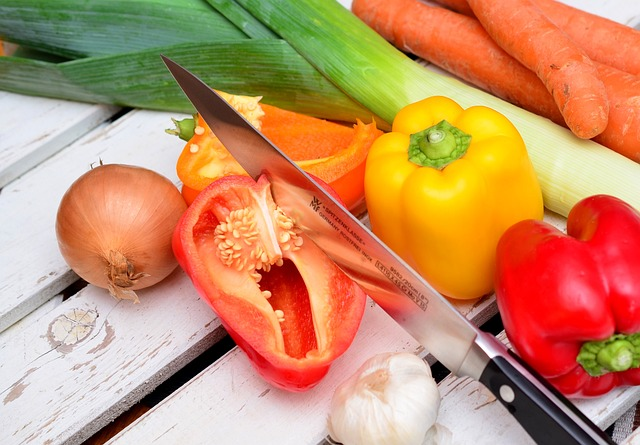
Ceramic and steel knives each have their own set of complementary functions that make them useful in different cutting tasks. Ceramic knives are excellent for precision cutting and offer a hygienic cutting surface due to their resistance to oxidation and rust.
Steel knives, on the other hand, provide durability and versatility, allowing them to handle a wider range of tasks, including heavy-duty chopping and slicing through hard produce. By using both types of knives in your kitchen, you can ensure that you have the right tool for every cutting task.
Balancing Maintenance and Performance
Maintaining a balance between maintenance and performance is essential when using both ceramic and steel knives in your kitchen. Ceramic knives require less cleaning and maintenance than steel knives, but they are more fragile and prone to chipping.
Steel knives, on the other hand, are more durable, but require regular sharpening and drying to prevent rust and oxidation. By properly caring for and maintaining both types of knives, you can ensure that they perform optimally and last for many years to come.
👉 Looking for some new ceramic knives? Check out our top picks and buying guide:
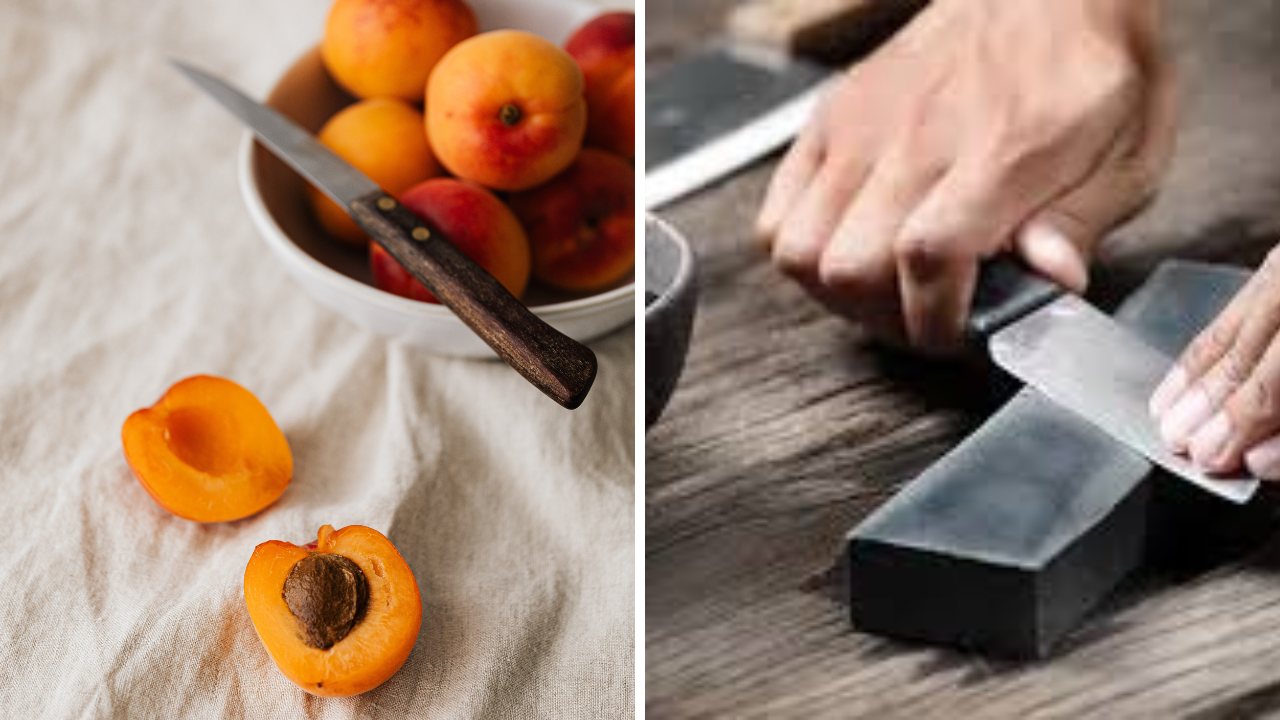
👉 In need of a new knife to cut vegetables? Checkout our top picks here:
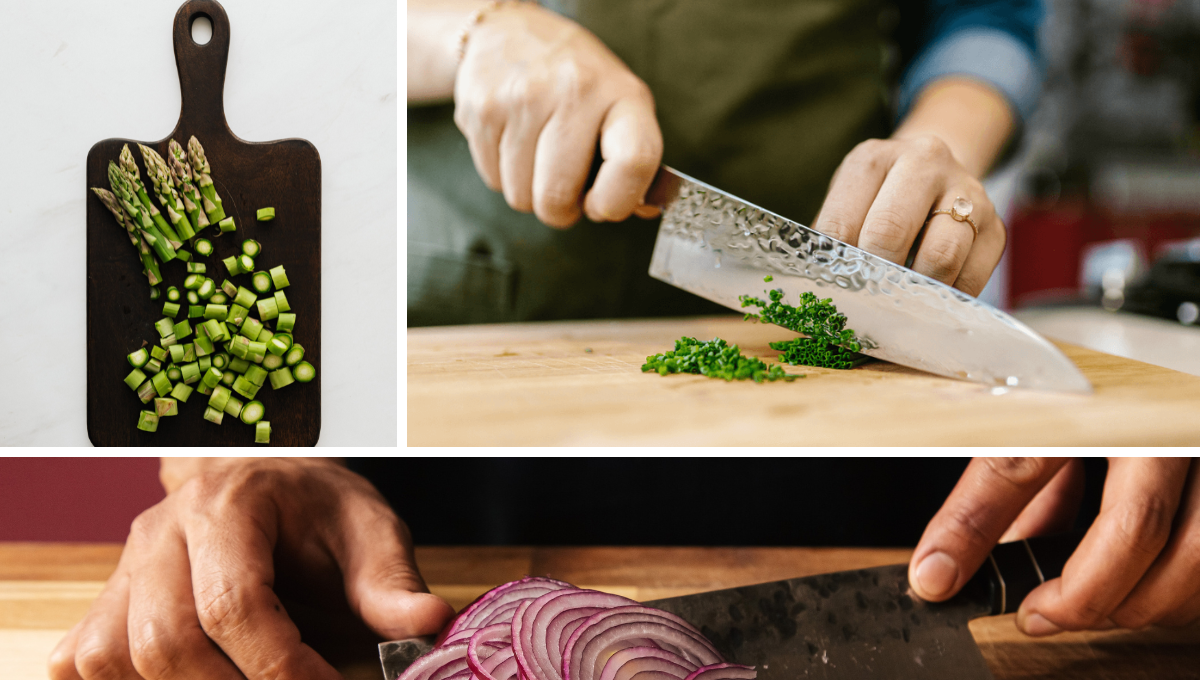
Summary
In conclusion, both ceramic and steel knives have their unique benefits and drawbacks. Ceramic knives excel in sharpness and edge retention, making them ideal for precision cutting tasks, while steel knives offer durability and versatility, suitable for heavy-duty chopping and a wide range of cutting tasks.
Choosing the right knife for your needs depends on factors such as intended use, blade quality, handle material, and brand reputation for ceramic knives, and the type of steel, blade shape, and price for steel knives.
By combining ceramic and steel knives in your kitchen, you can optimize their performance and minimize maintenance, ensuring that you have the right tool for every cutting task. Whether you're a professional chef or a home cook, understanding the differences between ceramic and steel knives will help you make an informed decision and enhance your culinary experience. Happy slicing!
Frequently Asked Questions
What is the disadvantage of ceramic blade?
Cost of ceramic blades - Ceramic blades are also much more expensive than traditional steel blades, so the initial cost of switching to a ceramic blade is much higher.
However, ceramic blades last much longer than steel blades, so the cost of ownership over time is much lower.
What is the advantage of a ceramic knife?
The main advantage of ceramic knives is their sharpness and durability. Ceramic blades stay sharp 10 times longer than steel, giving you a precision cut every time.
Additionally, ceramic knives are rust and stain-resistant, making them an ideal tool for cutting soft fruits and vegetables.
What are 2 disadvantages of owning a ceramic knife over a metal blade?
Owning a ceramic knife can present two major disadvantages. Firstly, these knives are fragile and can become chipped in the dishwasher or when stored in a drawer.
Additionally, they require more specialized sharpening than steel knives, making them difficult to sharpen and maintain.
Ultimately, ceramic knives are not suitable for all tasks in the kitchen.










